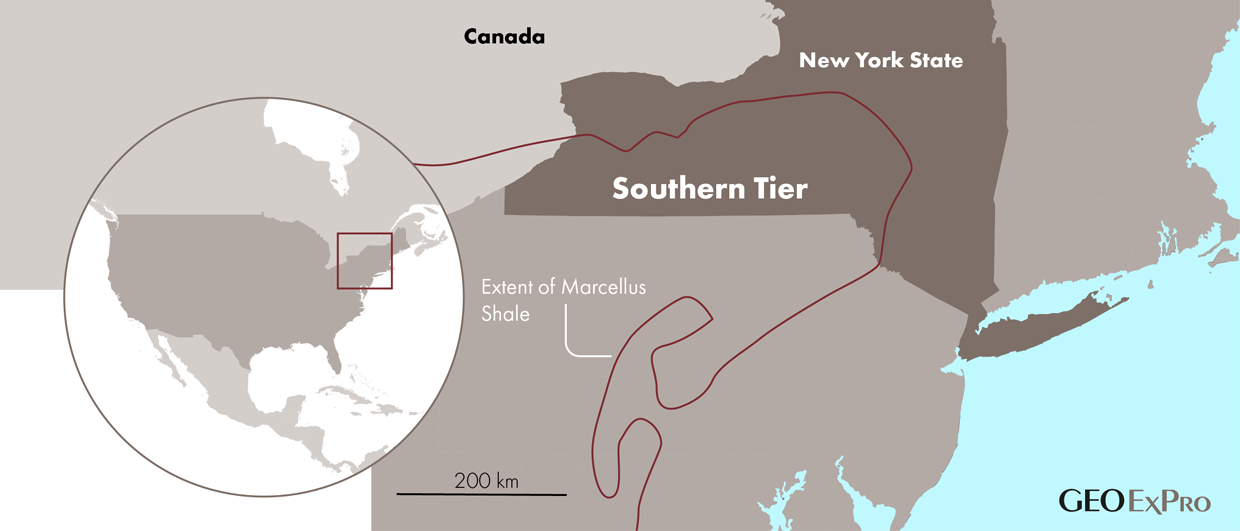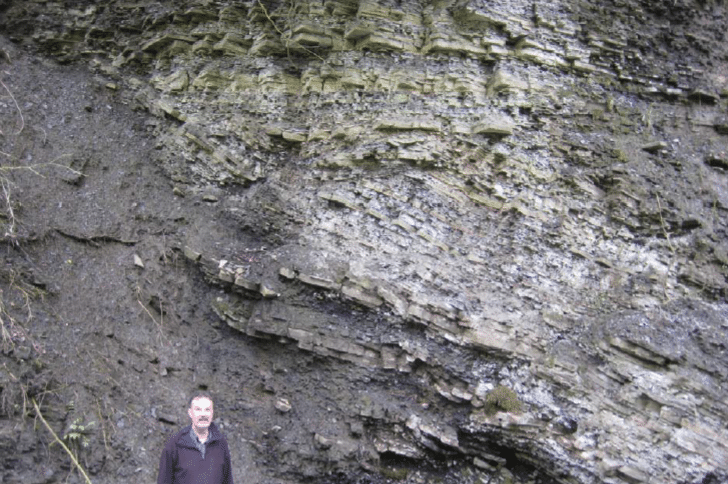If the people living in New York’s Southern Tier thought that shale gas production is not going happen in their backyard because of the ban on using water for fracking, they could be wrong. Last year, a new company was formed under the name Southern Tier Solutions, and its main goal is to use CO2 as a medium to frac wells in the area instead of water. But how feasible is this?
First of all, the CO2 required to frac wells is not readily available, as the company admits on their FAQ page. However, with legislation towards limiting industrial emissions becoming tighter in the near future, the company states that they offer a solution to the storage part of the problem. Making money through producing gas will obviously help the business case. The question then remains how the production of methane and its subsequent use will offset the benefit of storing CO2 in the reservoir.
Secondly, how suitable is CO2 as a fraccing medium? The Southern Tier website contains a fair amount of information to suggest that injecting CO2 is a feasible way to extract the methane, even though shale gas reservoirs have never been used for carbon storage. It is mainly academic work from China that suggests that the absorption affinity of CO2 is greater than CH4, which is what is required to produce the methane.
The company states that the Marcellus shale in the Southern Tier alone could accommodate more than 17,000 million tons of CO2. It would still be interesting to see how much of the injected CO2 is expected to be produced back – it seems unlikely that everything will be absorbed straight away in exchange for the previously absorbed methane.
Pore space ownership
Another point of interest is the question of who owns the pore space. American landowners are by law the owners of the underground mineral resources on their property. However, there is a grey area when it comes to the question of who owns the space between the grains. As Southern Tier Solutions write on their website, most US states apply the “American rule”, which means that the land owner also holds the rights to the pore space. However, it also dictates that the land owner must first deplete the mineral resources before the pore space can be leased.
In the case of fracking with CO2 and the simultaneous production of methane, the question of course is whether this can be seen as “depleting the mineral resource” first, given that it is taking place at the same time.



